You’ve probably seen “shade-grown” pop up on coffee bags or in sustainability blurbs, but what does it actually mean? More importantly—why should you care?
What Is Shade-Grown Coffee?
In short, shade-grown coffee is grown under the canopy of trees, rather than in open fields exposed to full sun. It’s the way coffee used to be grown before industrial agriculture shifted the focus to higher yields and faster production.
Growing under shade mimics the plant’s natural environment. Arabica coffee, in particular, thrives at higher elevations with a bit of protection from harsh sun. So when it’s grown under a layered, forest-like canopy, you’re not just growing coffee—you’re preserving an ecosystem.
Why Does Shade Matter?
Sun-grown coffee might produce more beans, but it comes at a cost. Those big, open plantations usually require deforestation, chemical fertilisers, pesticides, and a lot more water to keep things alive. Shade-grown coffee, on the other hand, keeps natural biodiversity intact.
The trees provide habitat for birds, insects, and small mammals. The soil stays richer. The microclimate is cooler and more stable. And the coffee matures more slowly—often resulting in more complex, nuanced flavours.
The Bird Connection (And Why It Matters to Us)
This is where it gets personal. Shade-grown coffee plays a huge role in parrot and bird conservation. Deforestation is one of the biggest threats to wild bird populations, and traditional sun-grown farms are a major contributor.
When coffee is grown under shade, birds can nest, feed, and migrate safely through those regions. That’s why we’re so proud to include Bird Friendly-certified coffee in our range (like Jungle Breeze from Honduras), and why we support farms using shade-growing practices, even if they’re not certified.
Is All Shade-Grown Coffee Certified?
No—and that’s part of the problem. There’s only one official certification for shade-grown coffee: Smithsonian Bird Friendly. It’s strict, it’s brilliant, and it’s rare. To get the certification, farms need to meet a long list of biodiversity and canopy requirements. It’s tough—but worth it.
That said, many farms do grow under shade without formal certification, often because they can’t afford the paperwork or because it’s just how they’ve always done things. At The Aviary, we make sure we know how our coffees are grown—even when the label isn’t there.
Does It Taste Better?
This part’s subjective, but we’d argue yes. Because shade-grown coffee matures more slowly, the beans develop more sugars and complexity. You often get richer body, smoother acidity, and a well-balanced cup that feels more rounded and refined.
Why It Matters Now More Than Ever
With climate change accelerating and forests under pressure, supporting shade-grown coffee is one small, everyday action that really adds up. It protects biodiversity. It supports farmers who are doing things the right way. And it ensures that the landscapes our beloved birds call home continue to exist.
The Bottom Line
Shade-grown coffee isn’t just a marketing term. It’s a sign that someone, somewhere, is trying to grow coffee in harmony with nature instead of against it. At The Aviary, that’s the kind of farming we’re proud to support—and we hope you are too.

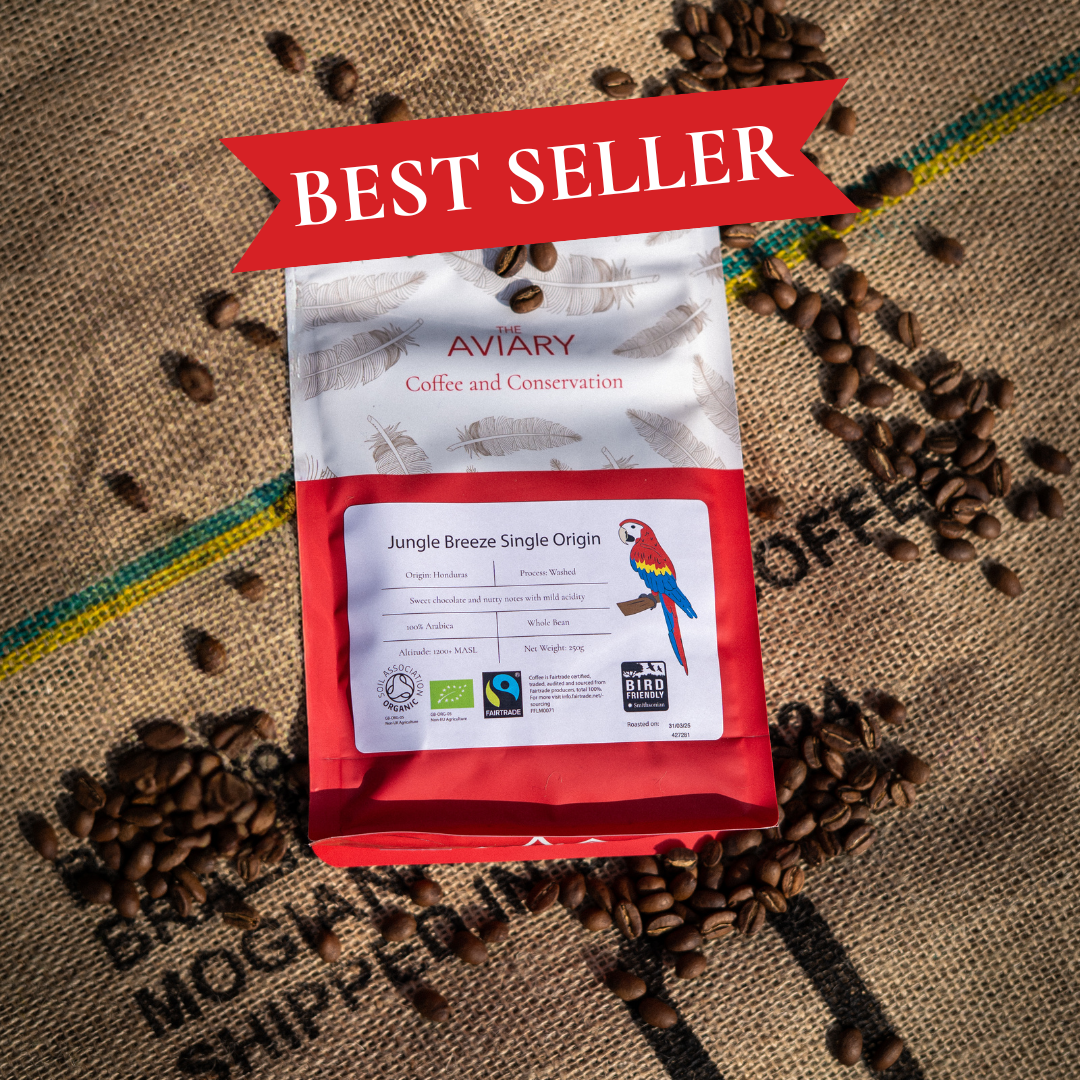
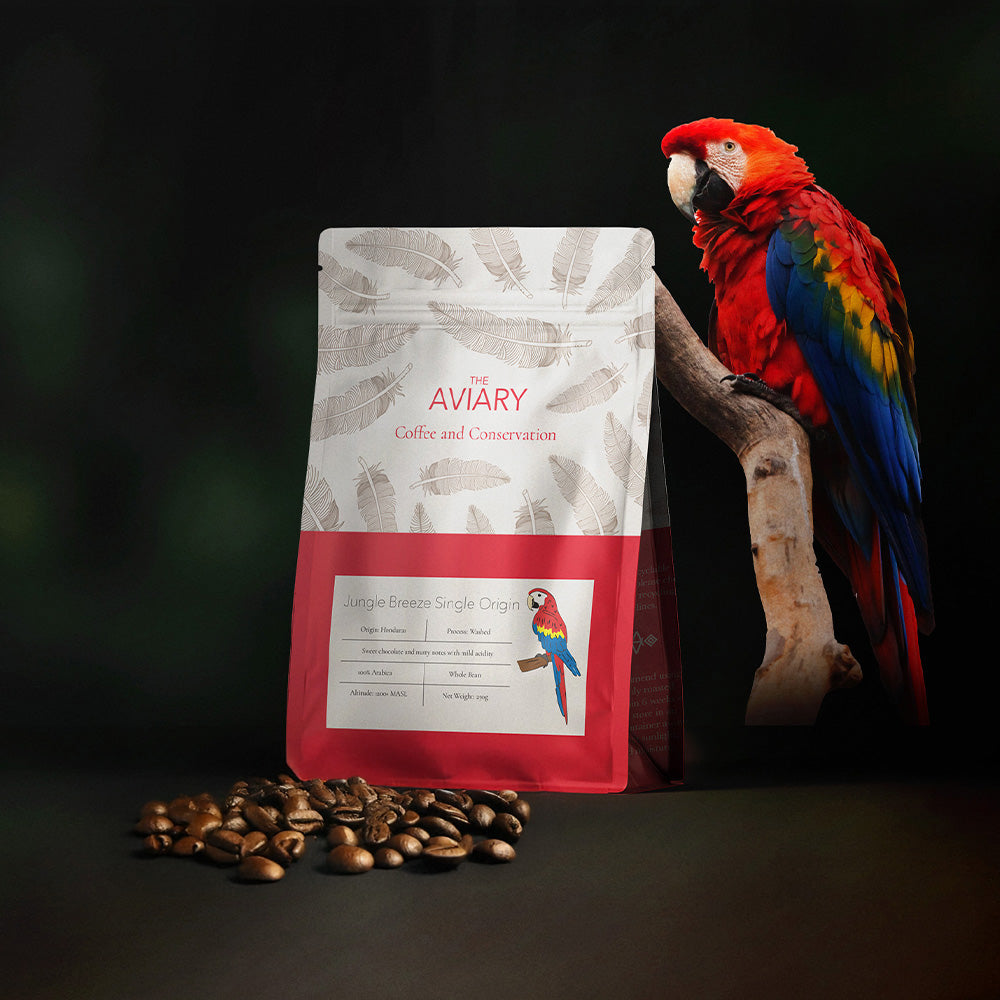

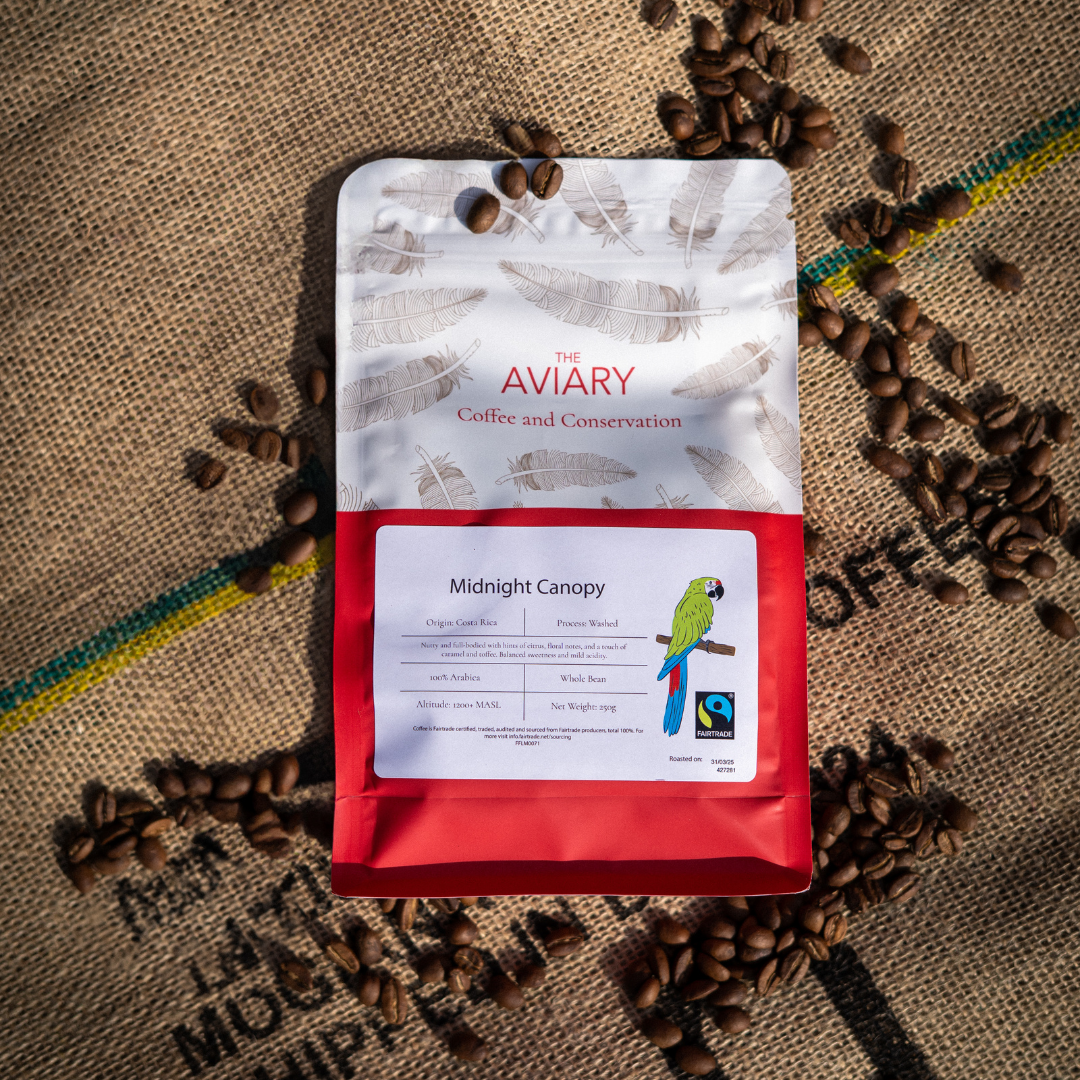
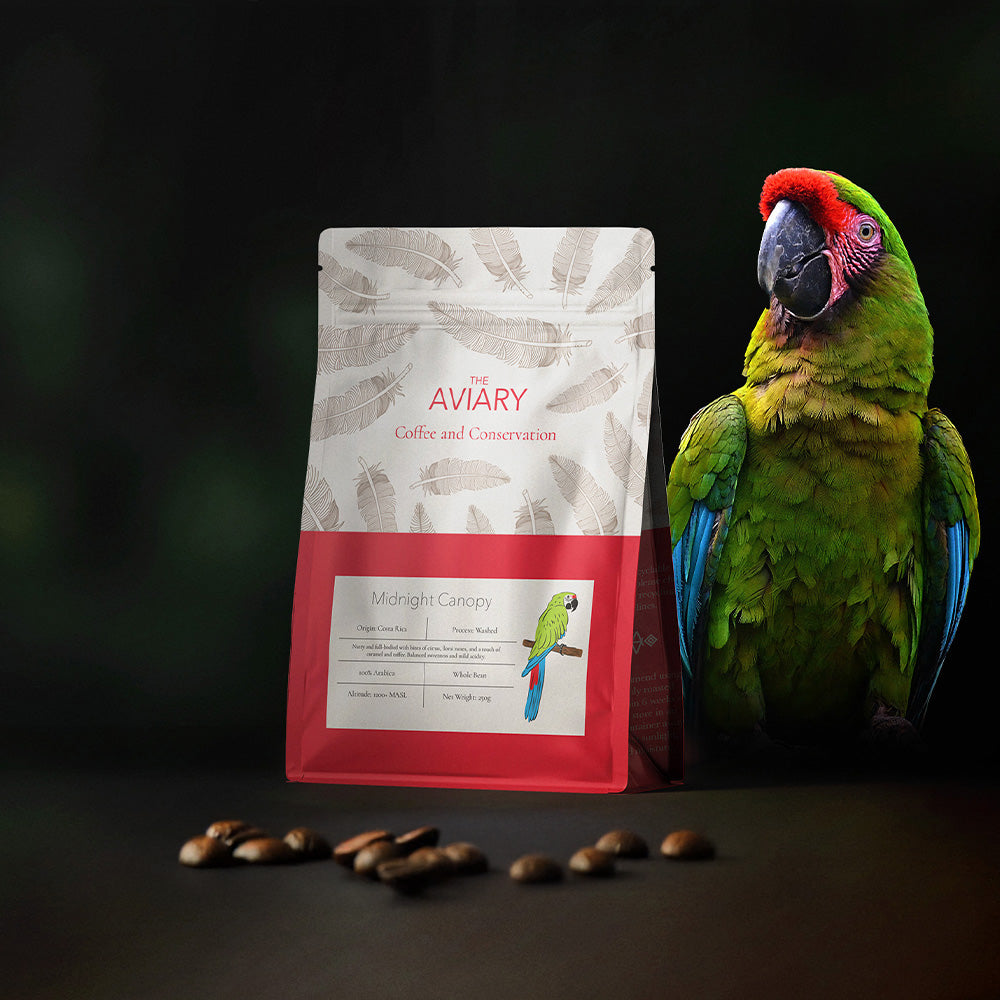
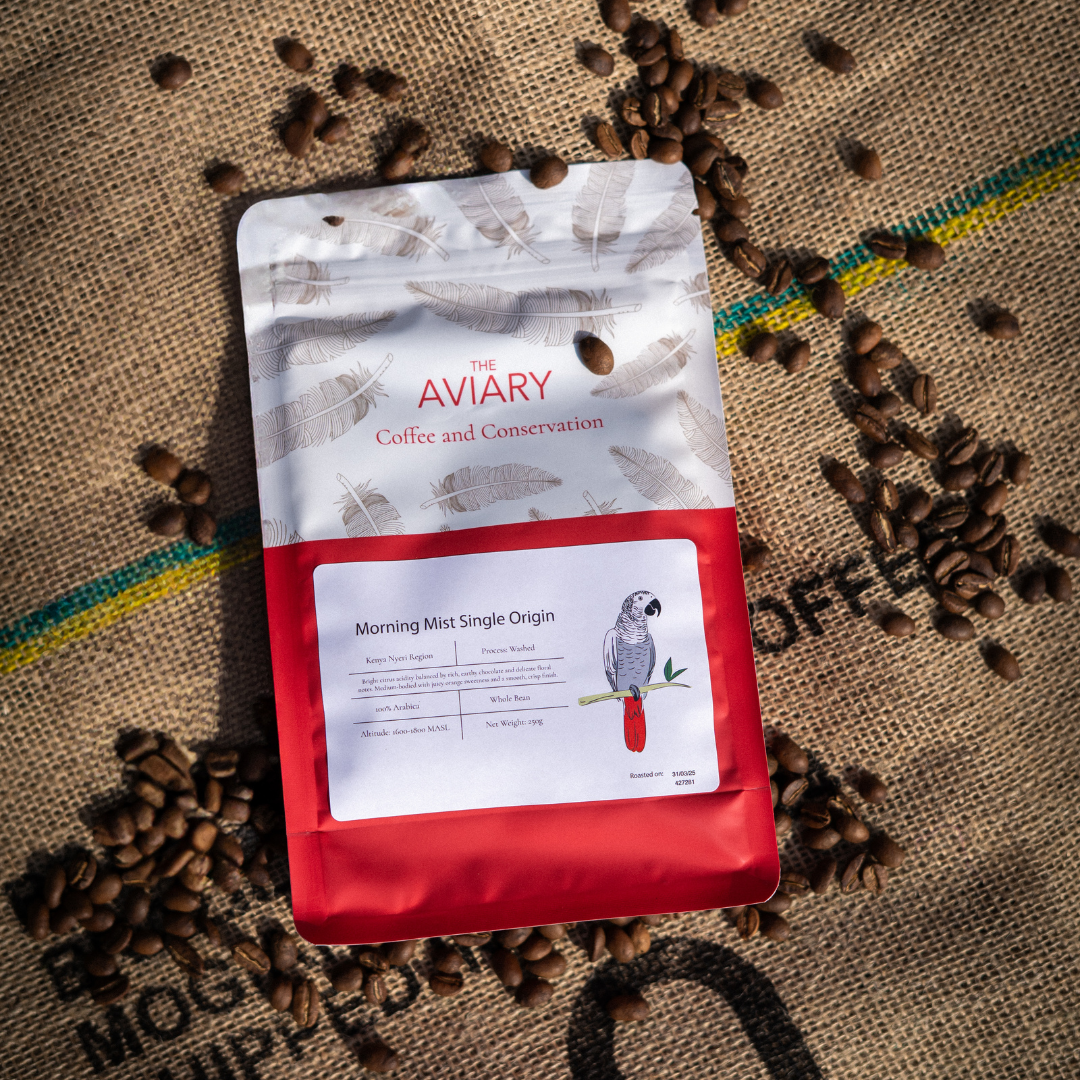
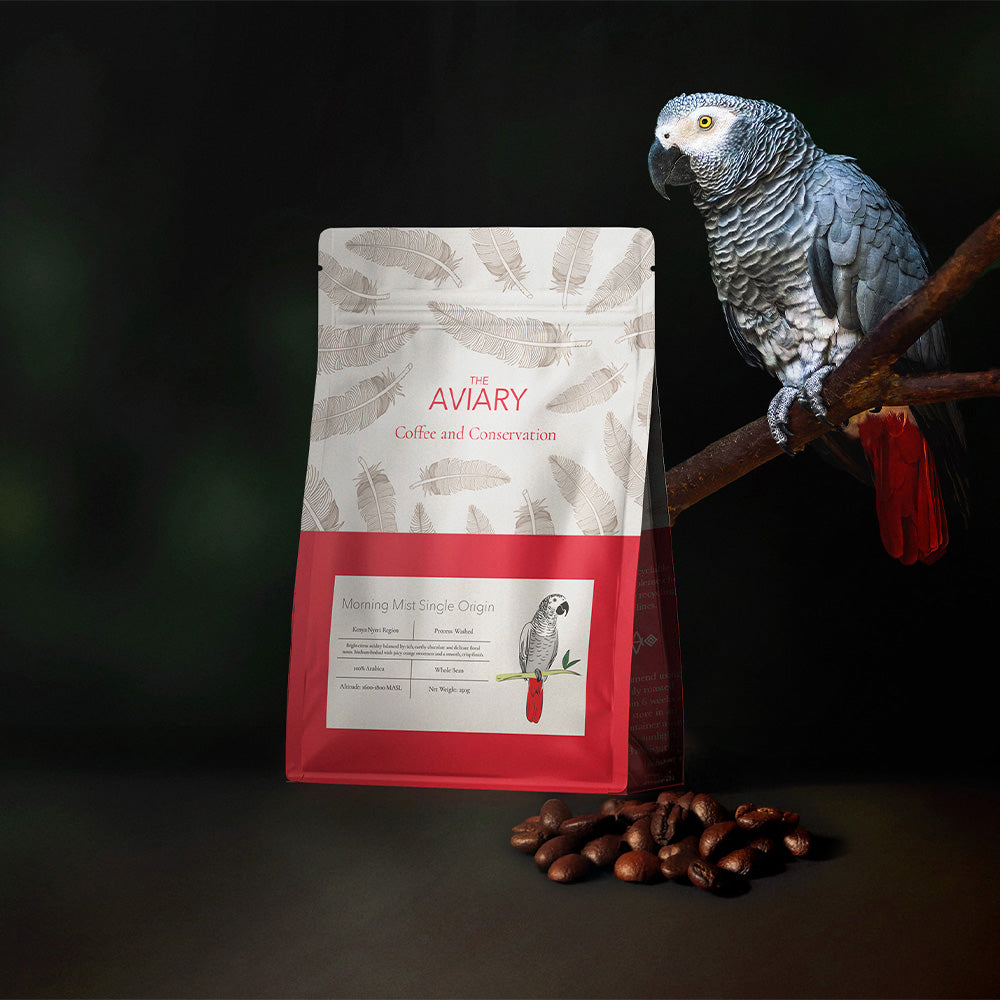

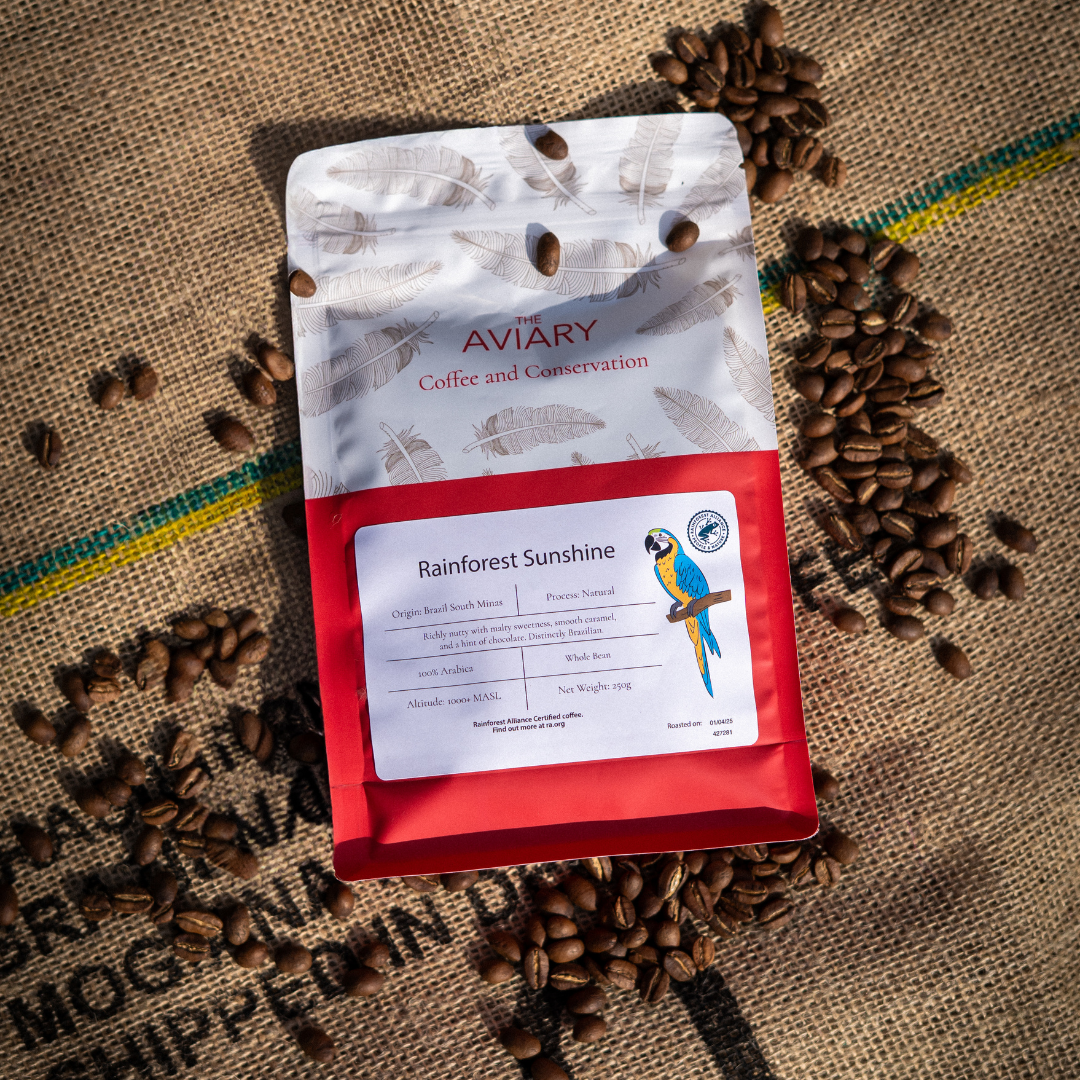
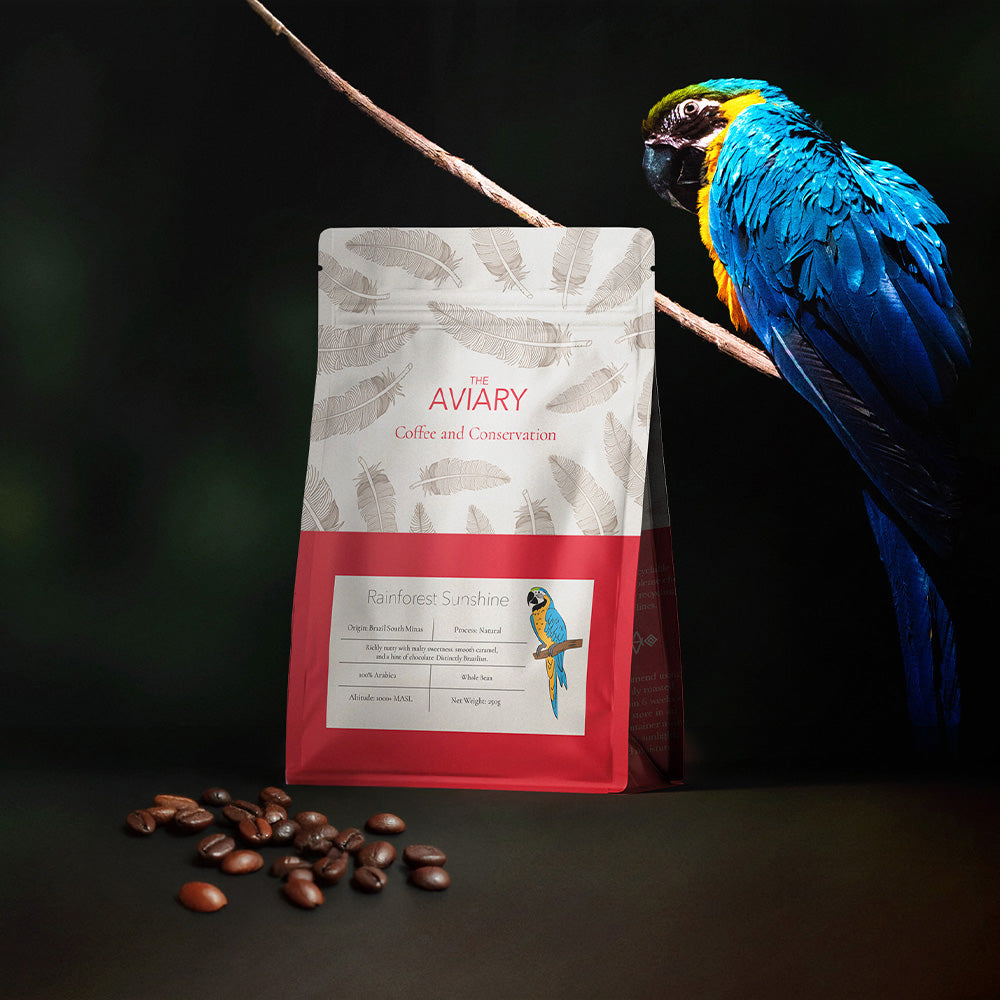

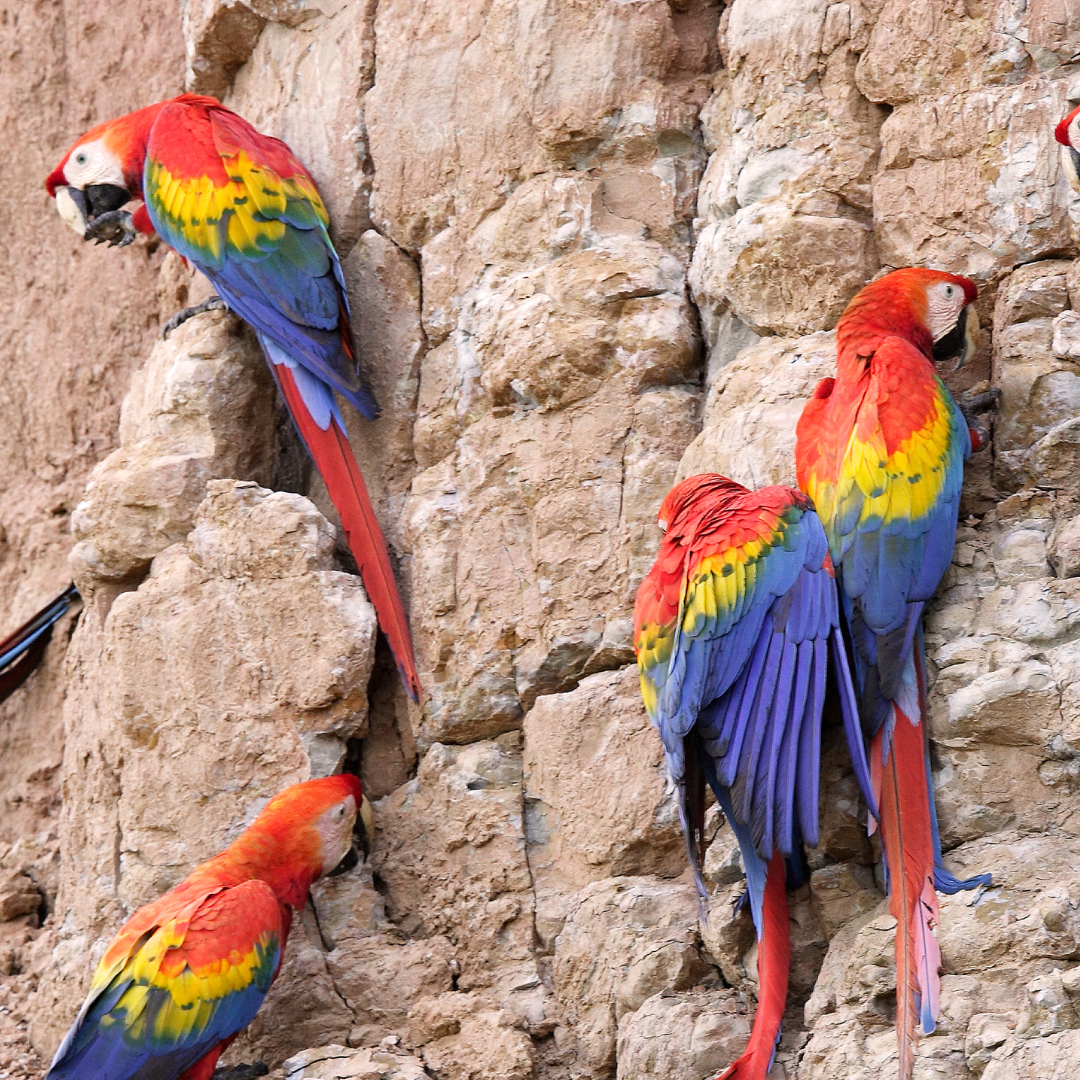
0 comments